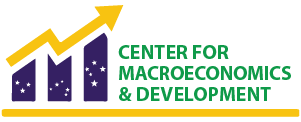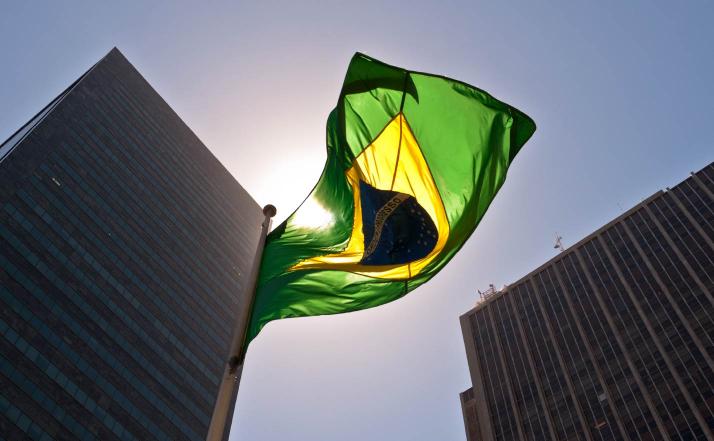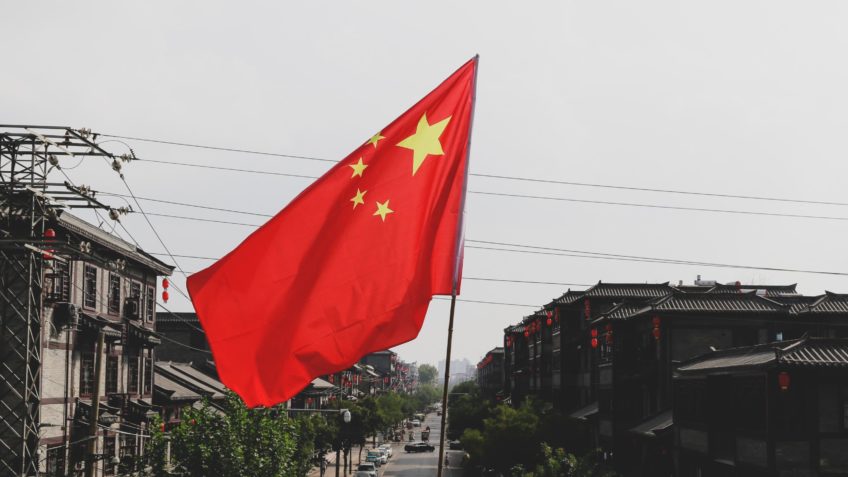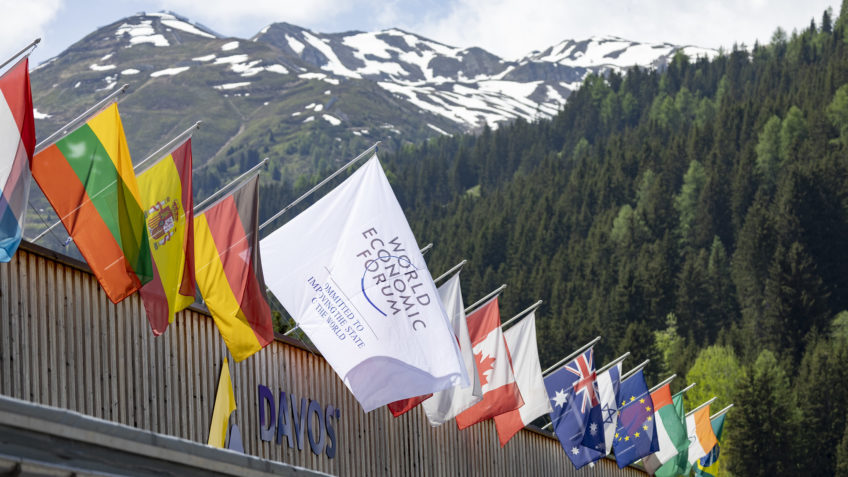O lado fiscal do “novo normal” nas economias avançadas
Há um "novo normal" com custos de financiamento significativamente mais altos do que na última década. Se melhorias nos saldos primários dos governos não puderem ser alcançadas para compensar taxas reais mais altas e crescimento potencial mais baixo, a dívida soberana continuará a crescer. Isso também poderá trazer implicações para a saúde do setor financeiro. Taxas de juros mais altas, níveis mais altos de dívida soberana e uma parcela maior dessa dívida no balanço do setor bancário tornam o setor financeiro mais vulnerável. Uma reconstrução gradual e crível de amortecedores fiscais que garantam a sustentabilidade de longo prazo de dívidas soberanas será apropriada no "novo normal" do regime de políticas macroeconômicas.











